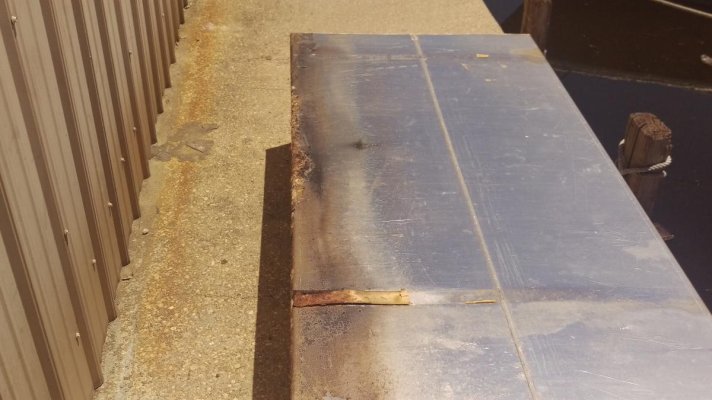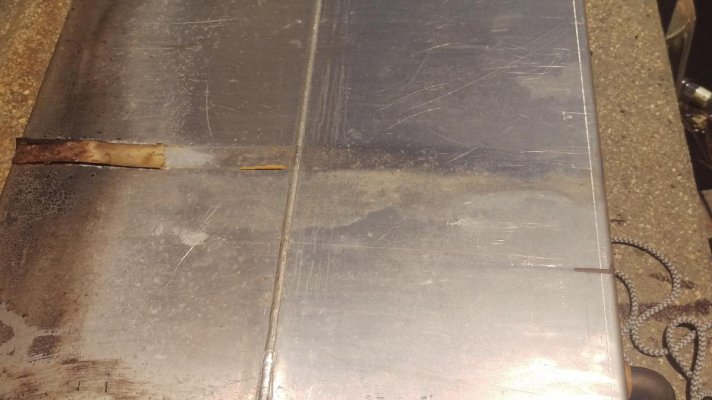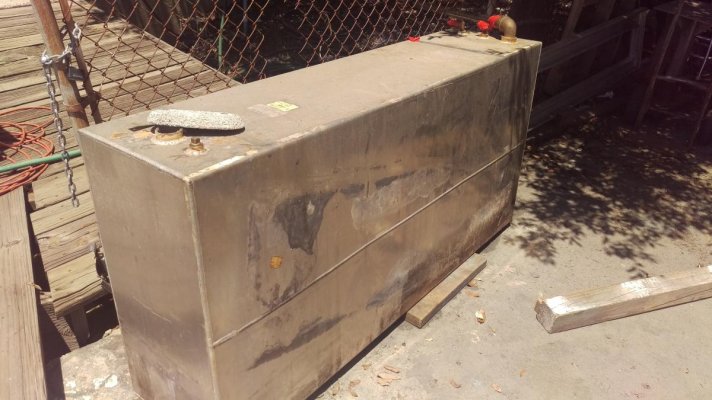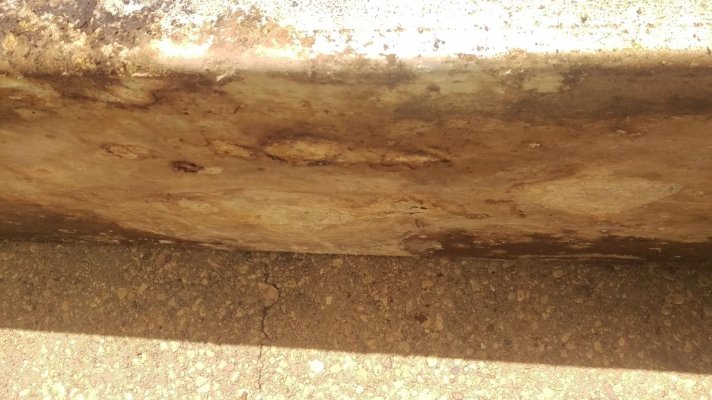Steve DAntonio (#73) – really appreciate your input. I wrote “5. Reinstal …….. neoprene….” before I read your article that I linked to above. Valuable information.
Sdowney717 (#42) – the concept has been around a long time in the hydrocarbon/chemical bulk storage business. It’s called an Internal Floating Roof – used as a product loss/emission control measure. Good concept as long as the IFR remains floating – once they sink or cock, big trouble in engineering a safe recovery.
A supple plastic closed cell foam sheet placed over the fuel floating on top, maybe even bubble wrap type material? It is fuel proof even for gasoline. Actually those who have open clean outs in the tanks could experiment with that idea. fuel will slosh around, but see it has all these built in floats, it will always float on top of the fuel. Such a thing would reduce the air to fuel interface, which for me and gasoline would help preserve the volatiles in a large tank, etc...Whether keeping diesel away from the air is beneficial, I dont know.
Now for a fully sealed tank design--------------
Fuel tanks could have a soft flexible plastic sheet formed like a bag on top of the fuel and the fuel fill would fill the tank below the sheet. The sheet would not have to stretch, it could just wrinkle up with the incoming fuel and straighten out with the outgoing fuel level.
A common HDPE plastic sheet is fuel proof. So design a tank where the entire top is removable, secure the plastic sheet inside on the top edge, then seal on the hard tank top.
Return vents can be on the tank side as well as pickup tubes. The fuel fill could also enter the tank side with fill pipe going down to tank bottom.
Leave enough room for fuel expansion above the plastic sheet and you would not need a tank vent open to the air for fuel, the tank vent would vent the air above the plastic sheet as the fuel level went up or down and also with temperature expansion and contraction, see this tank is 100% sealed away from the atmosphere. So no water to cause fuel degradation.
Tanks could still be fully baffled, each baffled area would have its own plastic sheet (bag) .
Imagine in a long rectangular tank, each bag would fully extend to tank bottom when tank is empty inside of it's own baffled area.
Such a tank would also be easy to clean out the entire tank or repair it simply by removing its entire top.
I had a destroyed fuel level float in an old portable Tempo tank.
I took some of that white closed cell packing foam sheet and used that to create a new fuel tank float, wrapped it around the shaft secured with cotton kite string. It has worked great now for over a year, no degrading in gasoline.








